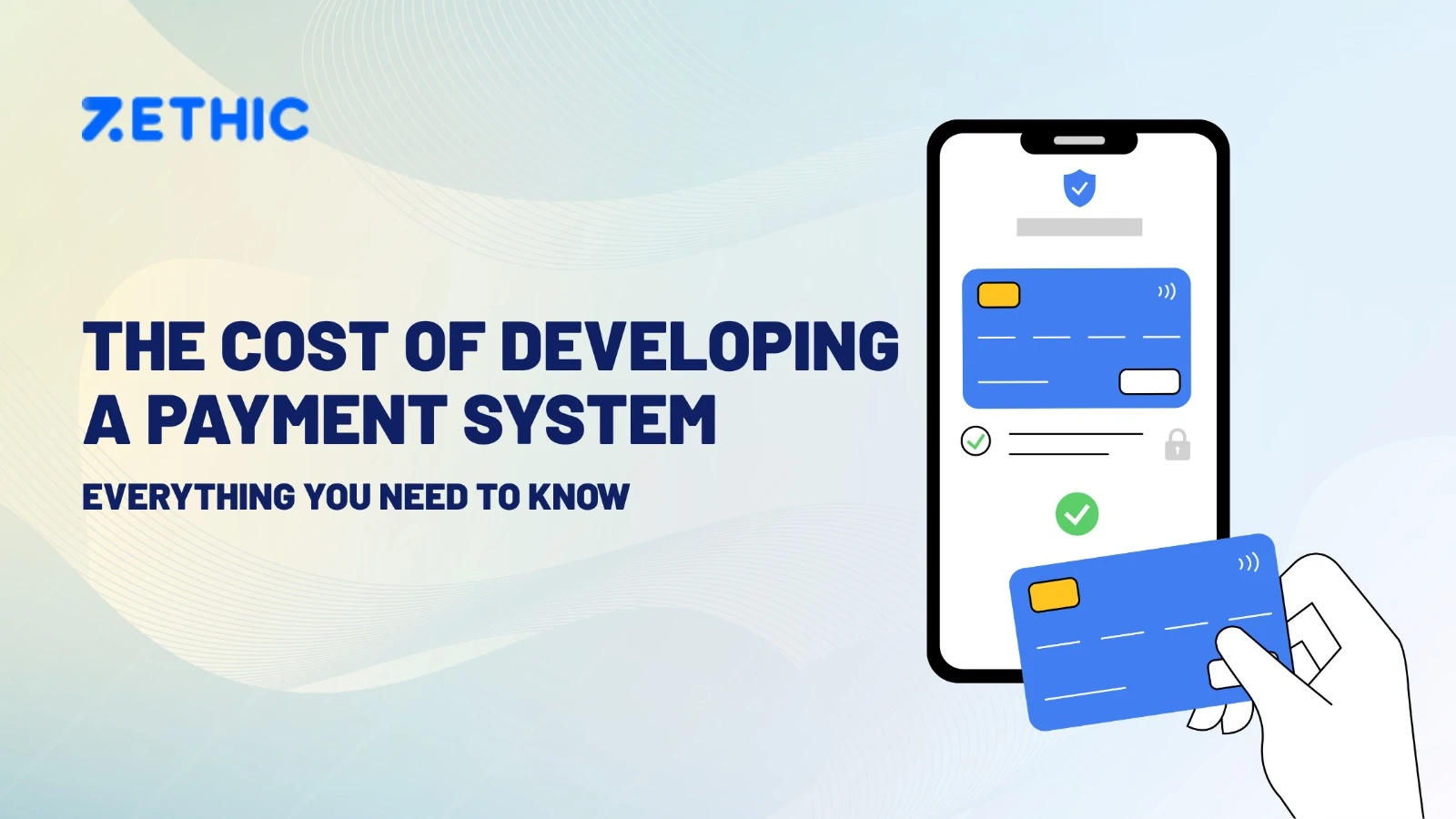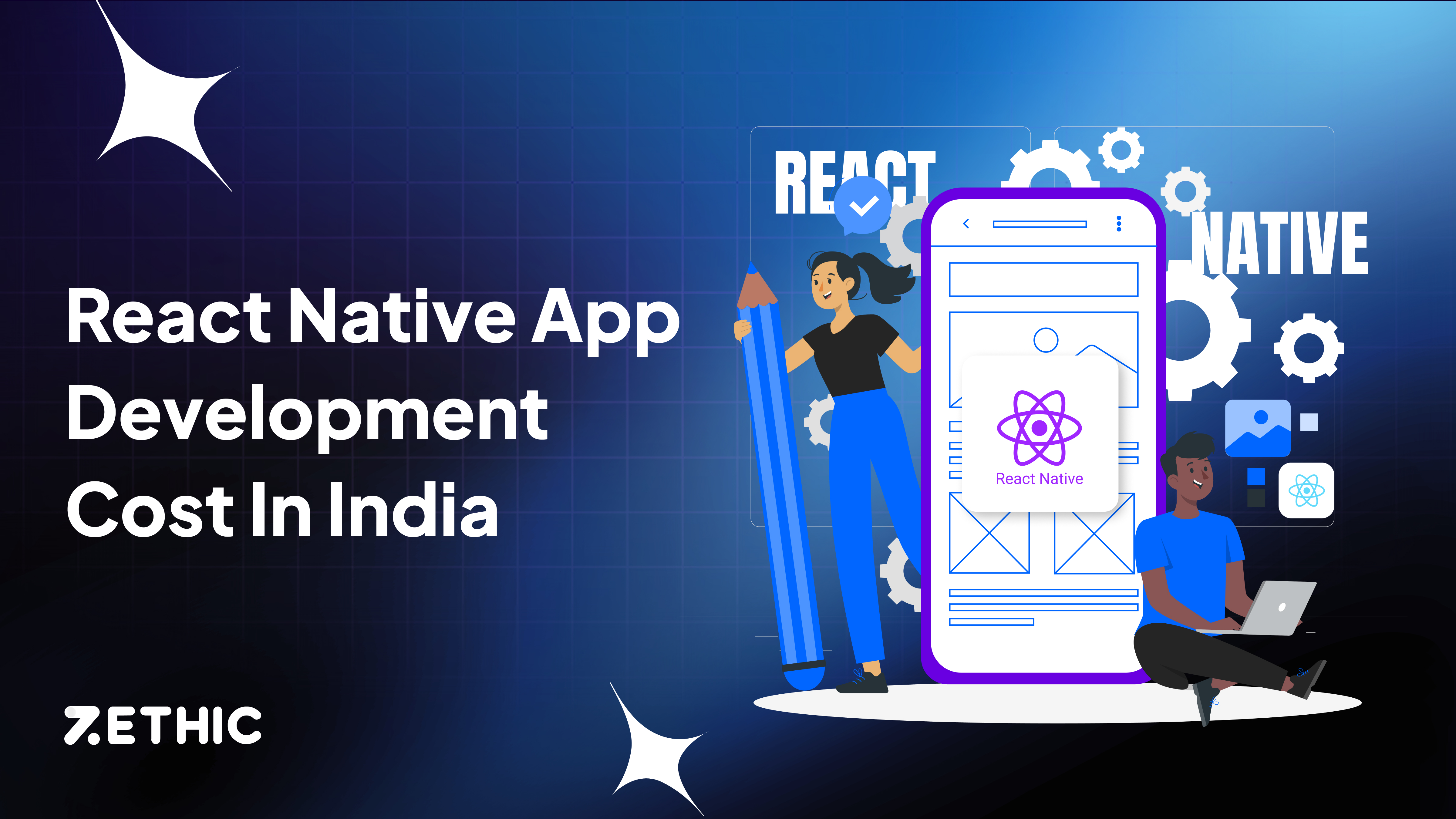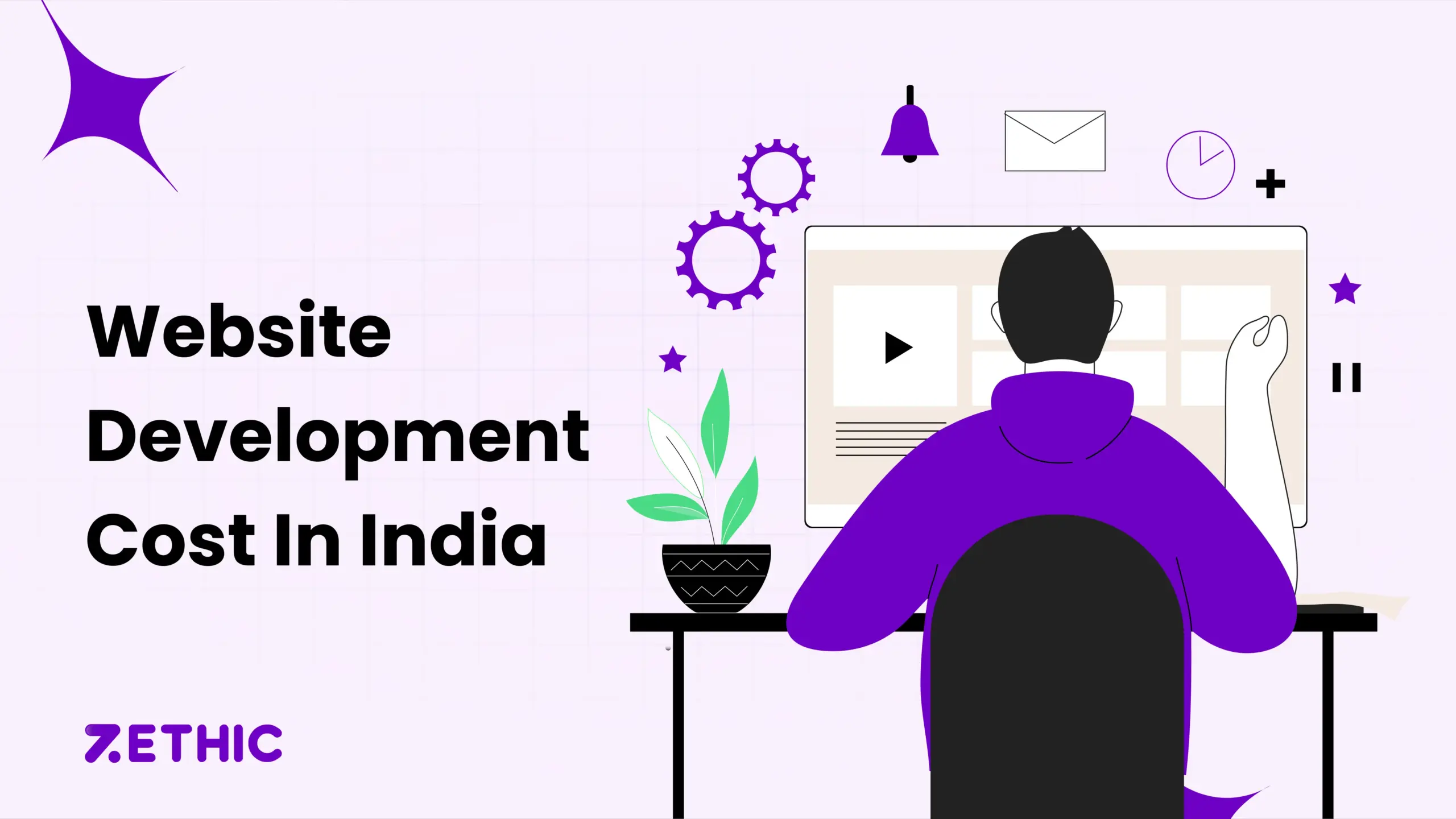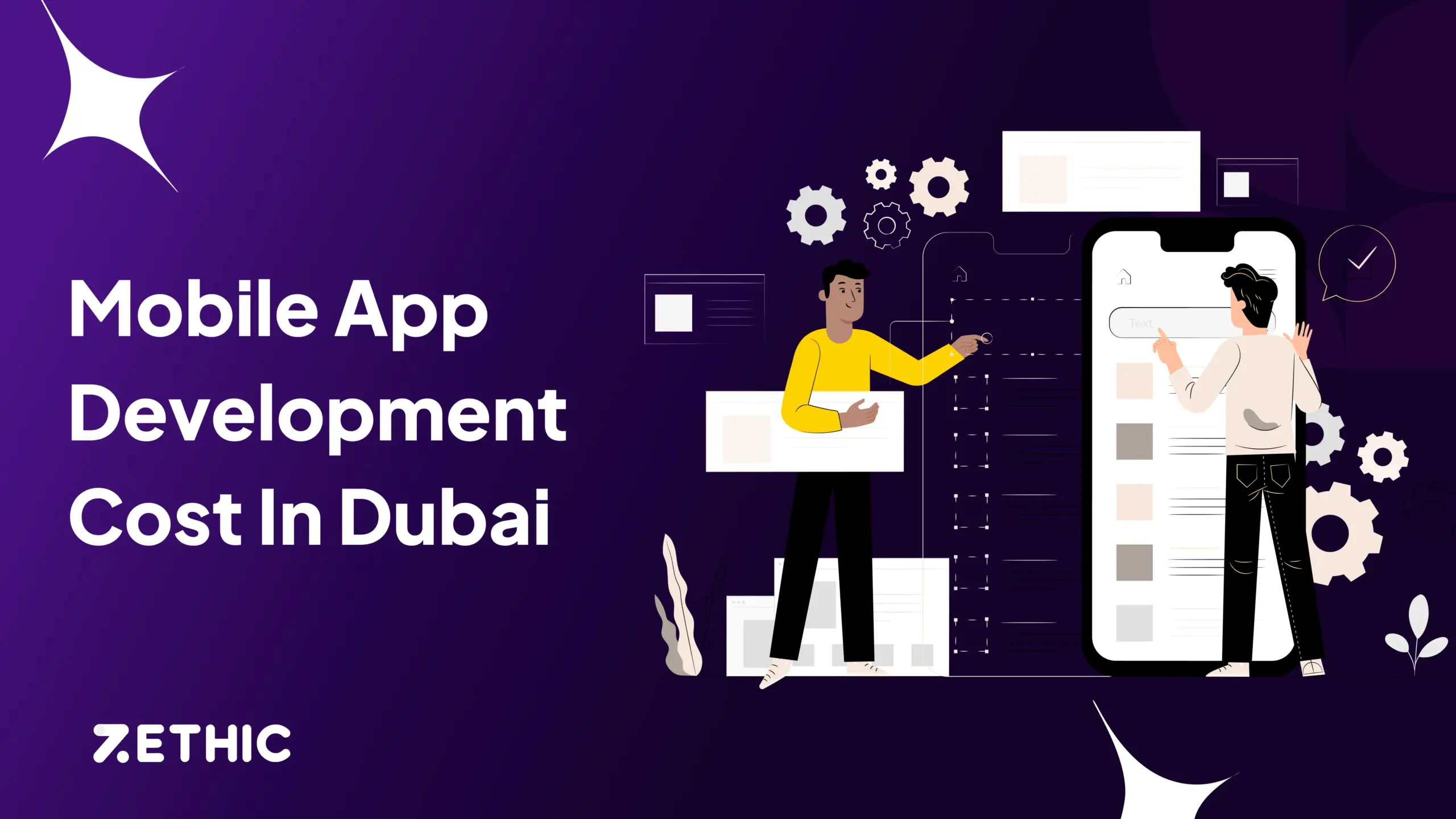The global payments market is expanding at lightning speed. In India alone, UPI processed transactions worth ₹25 trillion (~$293 billion) in just one month, while global digital payments are projected to hit $14.8 trillion by 2027.
This growth means businesses whether eCommerce platforms, fintech startups, or enterprise-scale service providers are under pressure to offer seamless, secure, and scalable payment systems to stay competitive.
Naturally, one of the first questions decision-makers ask is:
“How much does it cost to develop a payment system?”
The answer depends on multiple factors your features, compliance requirements, tech stack, market, and more. This blog will give you a clear, detailed breakdown, helping you budget effectively while avoiding common cost traps.
What Is a Payment System and Why It Matters
Before diving into numbers, let’s clarify the scope.
A payment system is the infrastructure that enables money transfers between buyers and sellers. It’s broader than a payment gateway (which only handles the authorization process) and includes:
- Payment processing logic
- Merchant account integration
- Fraud detection mechanisms
- Settlement processes
- Regulatory compliance modules
Why Businesses Build Their Own Payment Systems
While third-party solutions like Stripe, Razorpay, or PayPal are great for quick launches, they have limitations:
- Recurring fees eat into profit margins (2–3% per transaction adds up fast at scale).
- Limited customization for user experience and branding.
- Dependence on external policies that may change overnight.
- Regulatory or geographic restrictions limiting reach.
Owning your payment infrastructure means control, flexibility, and long-term cost efficiency—making it a strategic asset.
Cost Breakdown: From MVP to Enterprise-Grade
The cost to develop a payment system varies dramatically depending on your scope and compliance needs. Here’s a structured view:
| Build Type | Typical Cost Range | Key Features Included |
|---|---|---|
| MVP (Minimal Viable Product) | $100K – $150K | Basic payment flow, card & UPI support, minimal fraud checks, basic dashboard |
| Standard Full-Feature | $150K – $250K | Multi-currency, recurring billing, PCI DSS compliance, 2FA, API integrations, reporting tools |
| Enterprise/High-Volume | $300K – $500K+ | AI fraud detection, smart routing, 99.99% uptime infra, global compliance, wallet integration, settlement automation |
| Crypto Payment System | $15K – $100K | Blockchain wallet integration, token payments, security audits |
Timeline Impact on Cost
- 3–6 months for MVP
- 6–12 months for full-feature system
- 12–18 months for enterprise build
Key Factors Influencing Development Cost
The total budget isn’t just about what you build—it’s also about how you build it.
1. Complexity & Features
- Multi-currency processing
- Recurring/subscription billing
- Split payments for marketplaces
- Smart transaction routing
- AI-powered fraud prevention
- Digital wallet integration
Each feature layer increases both development time and infrastructure needs.
2. Security & Compliance
Security isn’t optional. A breach can be devastating financially and reputationally.
Costs include:
- PCI DSS certification (~$15K–$50K initial, plus annual maintenance)
- Data encryption modules
- Fraud monitoring tools
- Regular penetration testing
3. Infrastructure & Integrations
You’ll need:
- Cloud hosting (AWS, Azure, or GCP)—from $1K/month for small scale to $10K+/month for high volume
- Third-party integrations (KYC providers, banks, payment schemes like Visa, MasterCard, UPI)
4. Maintenance & Ongoing Costs
Budget 15–20% of your initial build cost annually for:
- Updates
- Bug fixes
- Compliance renewals
- Infrastructure scaling
Budget Optimization Strategies
The cost might sound intimidating, but smart planning can reduce spend without sacrificing quality.
1. Start with an MVP
Instead of building an enterprise system from day one:
- Launch with core features.
- Test with real transactions.
- Scale based on usage and feedback.
This approach can cut initial costs by 40–50%.
2. Leverage White-Label Solutions
Platforms like Akurateco or Payneteasy let you brand an existing infrastructure, drastically reducing development time and cost.
3. Use Open-Source Components
Frameworks like ActiveMerchant or Kill Bill can reduce coding time—but ensure compliance and security checks.
4. Outsource to Experienced Fintech Teams
A skilled fintech development partner (like Zethic) can:
- Reduce trial-and-error costs
- Ensure faster compliance approvals
- Optimize architecture for scalability
5. Adopt AI-driven Smart Routing
This can improve transaction success rates by 4–6%, reducing revenue leakage.
Real-World ROI and Hidden Costs
A payment system is a capex-heavy project, but over time, it can save millions.
ROI Benefits
- Avoid 2–3% transaction fees from third-party gateways.
- Customize features for better UX, leading to higher conversion rates.
- Control your data—critical for analytics-driven growth.
Hidden Costs to Watch
- Compliance renewals: Annual PCI DSS, local fintech licenses.
- Merchant account fees: $79–$399/year.
- Interchange fees: In the US ~2% of transaction; EU caps at ~0.3%.
- Fraud losses: Mitigate with advanced monitoring.
Conclusion
Building your own payment system is not just a tech project it’s a strategic business decision. While initial costs may seem high, the long-term savings, control, and customer experience benefits can far outweigh the investment.
At Zethic, we specialize in custom fintech solutions from payment gateway API development to end-to-end secure payment systems. With proven expertise across PCI DSS compliance, AI fraud prevention, and global integrations, we help businesses build payment infrastructures that scale.
Explore our Fintech Development Services and get a tailored cost estimate for your payment system today.
People Also Ask
How much does it cost to develop a payment system?
Anywhere from $100K for a simple MVP to $500K+ for an enterprise system with global compliance and AI fraud detection.
What factors affect payment gateway development cost?
Features, security, compliance requirements, integrations, hosting infrastructure, and maintenance.
Can I save money by building an MVP first?
Yes—launching with minimal features allows faster time-to-market and spreads costs over phases.
How much are ongoing maintenance costs?
Expect 15–20% of your initial cost annually for updates, scaling, and compliance renewals.






